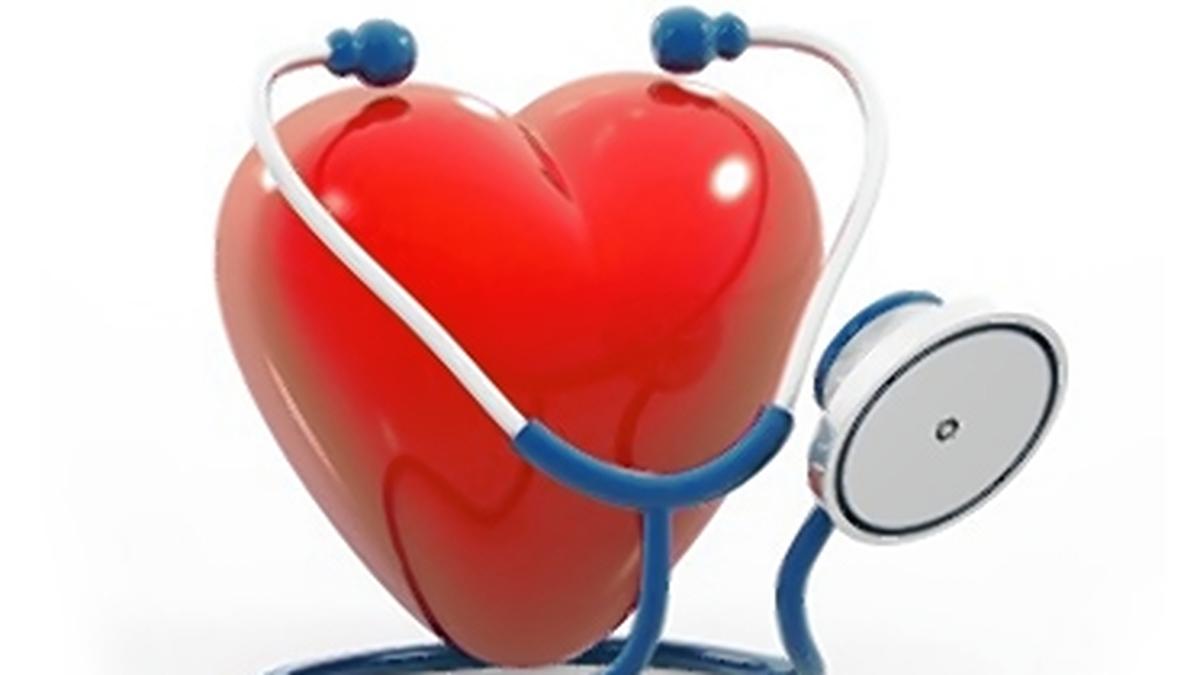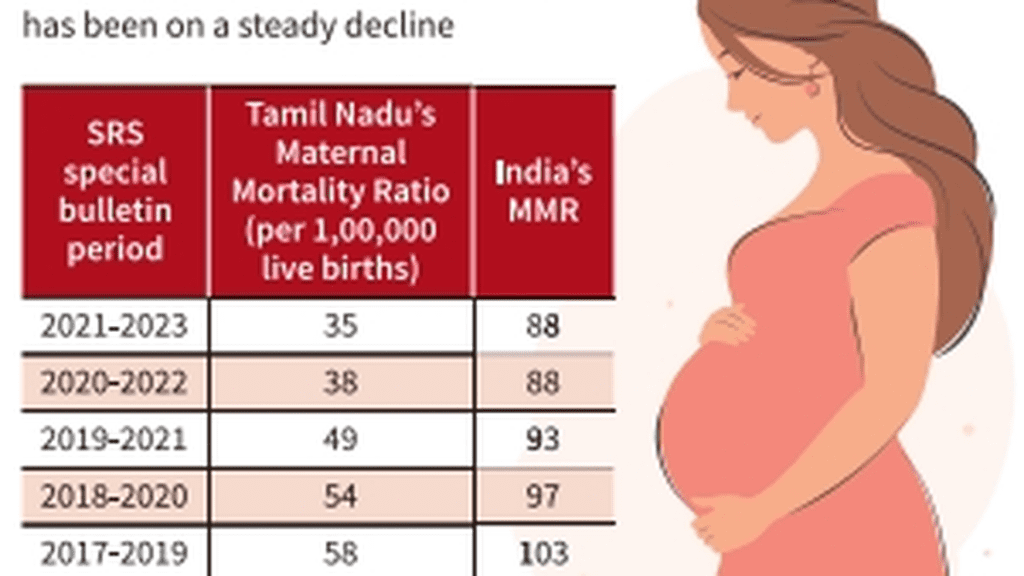Tracing cardiology’s mechanisation: the move from pills to one-time solutions for heart ailments Premium

Tracing cardiology’s mechanisation: the move from pills to one-time solutions for heart ailments Premium
When 78-year-old Nancy Adams was diagnosed with atrial fibrillation, a common electrical disorder involving the heart, we decided on medication to control her heart rhythm and also a blood thinner to prevent a stroke associated with this disorder. The medicine worked, but she was miserable. Mrs. Adams kept saying that something didn’t quite feel right. She was never a ‘pill person,’ she said, and the thought of taking medication for the rest of her life was something she couldn’t wrap her head around.
We then decided on ablation, a procedure where the extra impulses could be detected and eliminated by either thermal or electrical energy delivered by a catheter. She successfully underwent the procedure by an electrophysiology colleague and was a transformed woman during the next visit.
“Thank you,” she gushed as she hugged me. ‘I feel like I have my life back. Now if I can only get off this blood thinner,” she continued, “I am covered with bruises, and I can barely afford the medication.”
“Well, there is a procedure for that,” I said. “If your symptoms persist, a device implanted in your heart can prevent blood clots from forming, and you should be able to come off the blood thinners.”
Medicine, particularly cardiology, has been evolving from the traditional pill to a one-time mechanical solution for problems. Most people do not want to take pills for the rest of their lives. It all however, boils down to risk: the low-risk side effects of taking medications over time versus the one-time risk of a procedure. The mechanical innovation started in 1977; I was six years old when a young, dynamic Andreas Greuntzig developed the concept of angioplasty, the first mechanical intervention into the beating heart, based on the simple principle of literally smashing plaque against the artery wall. It took a decade, as I was preparing for medical school, for this to develop to the next stage, the coronary stent — a cylindrical piece of slotted metal mounted on a balloon to act as a scaffold to keep the artery open.
One of the most frustrating parts of being a cardiologist is the inability to predict sudden death despite medications. In 1980, the first internal defibrillator was placed into a patient (via a surgical implant) to detect and prevent sudden cardiac death, but it took more than another decade to invent and approve the current device – in 1993 – as I was in the midst of medical school. Over the next decade, as I was doing my cardiology fellowship, researchers figured out how to deliver medication locally to the artery to prevent re-narrowing; the drug-eluting stent was approved in 2003. The same year, the United States Food and Drug Administration (FDA) approved of the left ventricular assist device, a mechanical pump that could function on the left side of the heart as a destination or long-term therapy.
The following two decades as a practicing doctor saw me learning and relearning my craft as a flurry of new inventions kept us on our toes. Devices that could drill through calcium in arteries and balloons that emit sonic pressure waves to break up and soften calcium in arteries, enabling better delivery of stents materialised. The refinement of pacemakers to allow for better synchronisation of heart function and devices that could better treat heart failure by stimulating the receptors in the carotid artery and changing the way the nervous system affects the heart in heart failure came in. Little clips implanted through veins that could decrease the leak from valves and helped the heart pump more efficiently thereby reducing heart failure symptoms also became part of our arsenal. These devices have proven beneficial when patients cannot tolerate traditional heart failure medications. Not to be left behind, electrophysiologists (electrical specialists) have honed their ablation skills to perfection, making most electrical disorders treatable without requiring lifelong medications.
Over the past 10 years, we have fine-tuned the ability to replace valves without open-heart surgery. As of this writing, another clip has just been shown to effectively reduce leaks in the tricuspid valve. Our structural team is already training on this procedure. Devices are under investigation to help treat angina in patients with disease in the distal arteries that stents cannot access. Neuroprotective devices to protect the brain as we perform these complex procedures are being investigated, as are devices replacing dysfunctional parts of the heart. Strokes and blood clots in the lungs are now being mechanically treated.
All this technology comes at a price — a USD 4.8 trillion tag, the healthcare budget for the country in 2023. Unfortunately, most of these inventions are not entirely curative and are geared to treat the sickest of us. Some inventions can help in the preventive phase, like catheters that affect the nerve supply to the kidneys to manage high blood pressure and injectables to treat obesity and high cholesterol.
The new administration has promised to address the root causes of our health issues, which continue to be our diet, exercise patterns, and lifestyle choices. The best things in life are free: exercise, sunlight, sleep, stress management, avoidance of alcohol, refined sugar, and smoking. For the rest, there is always a credit card and, hopefully, new government efforts to get us to eat healthy.
(Dr. Dinesh Arab is Director, Interventional and Structural Cardiology, AdventHealth Daytona Beach and Clinical Assistant Professor of Medicine, Florida State University dinarab@yahoo.com)









